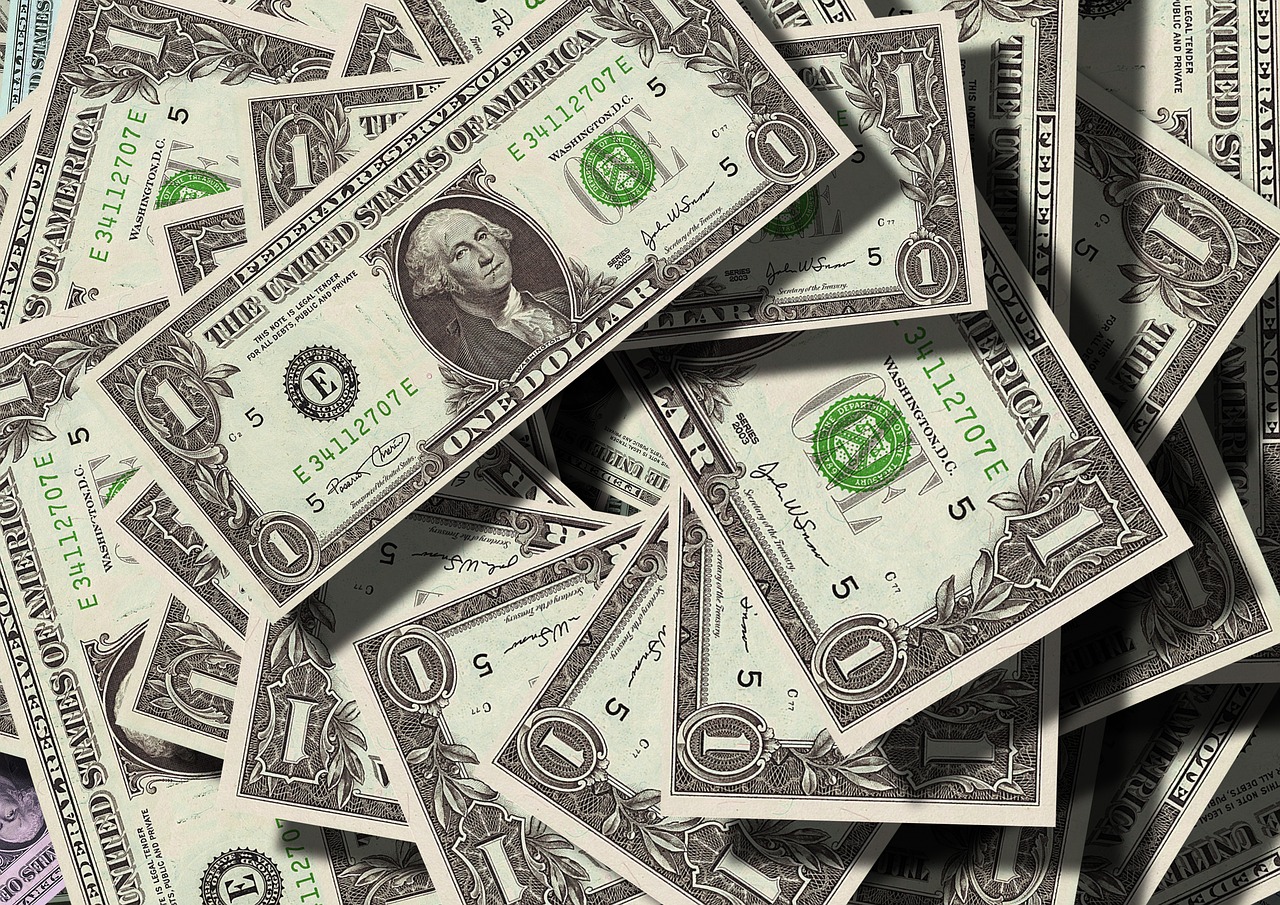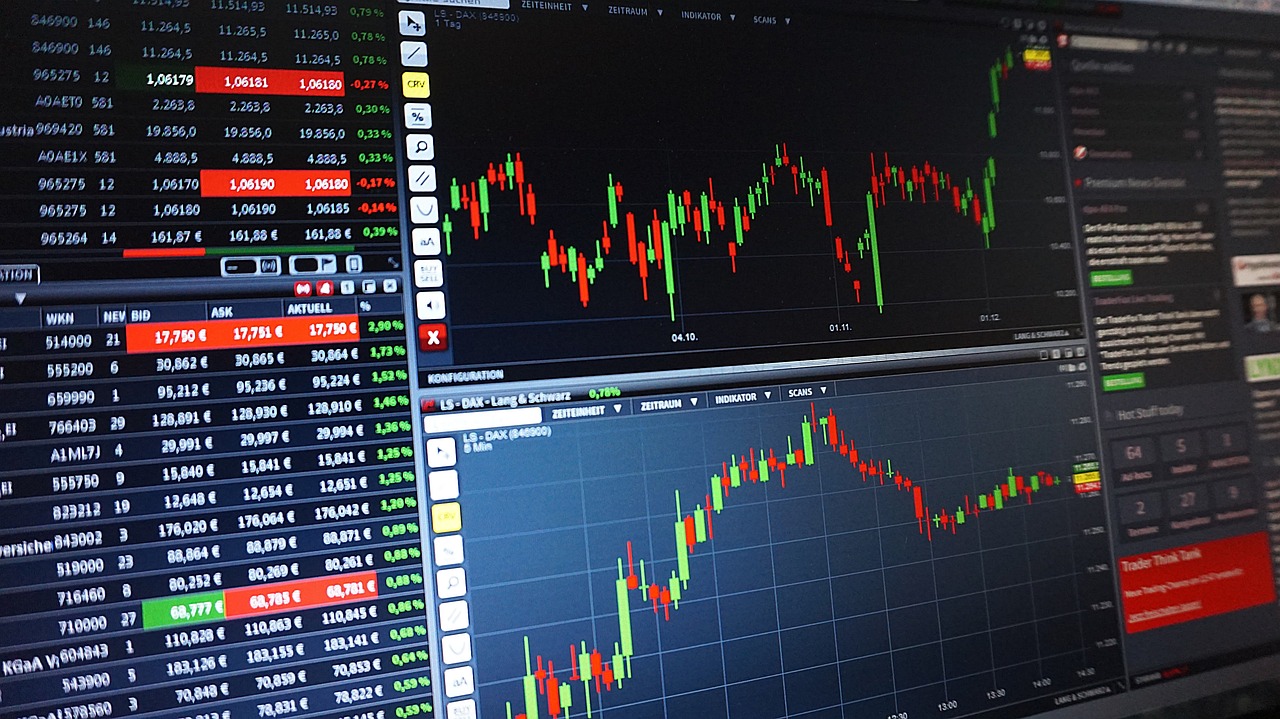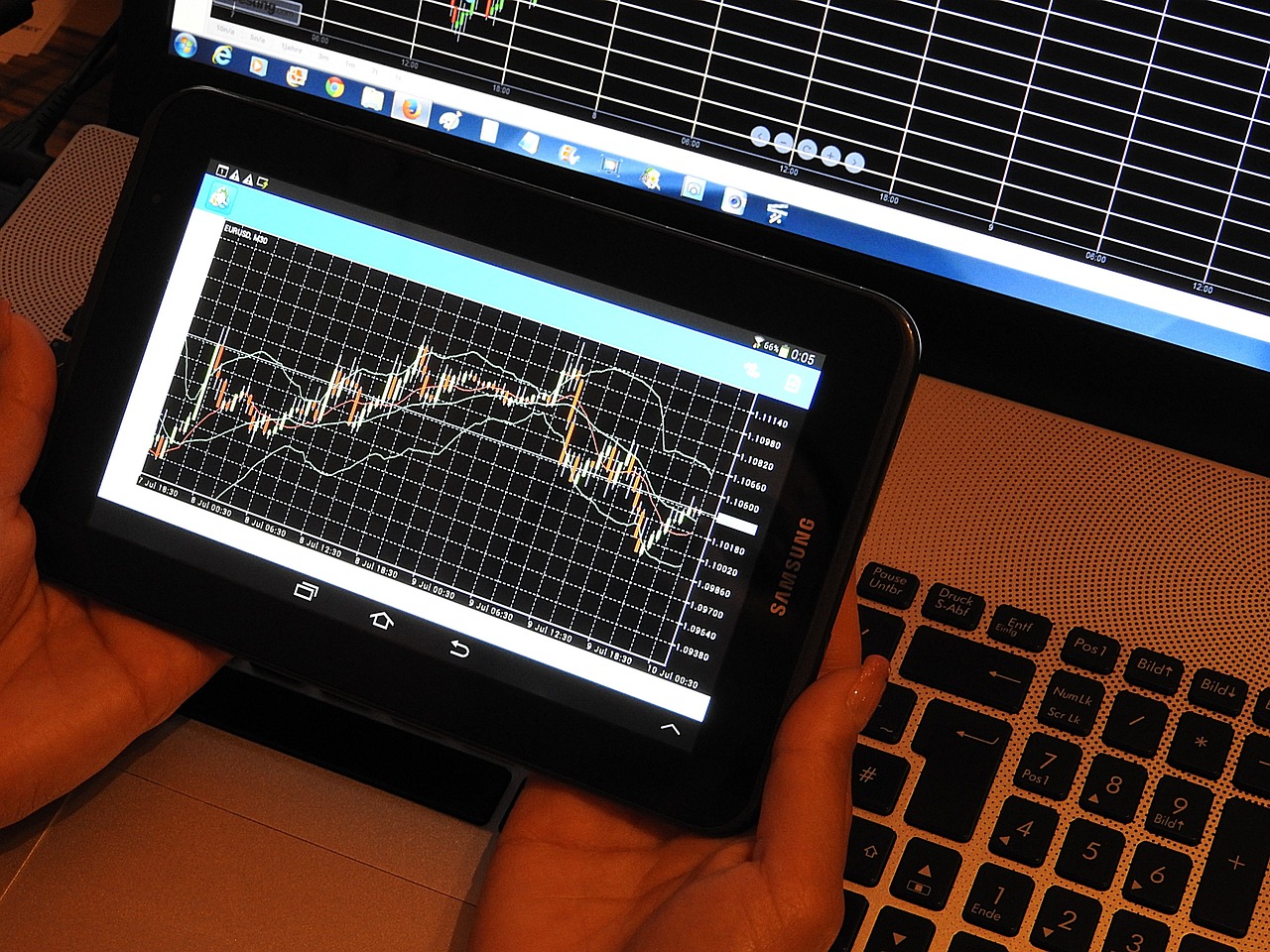By their nature, Forex trading relates to currency pairs. The first condition for anyone wishing to engage in this perpetually transforming Global market is understanding currency pairs. This article from Forex turtle explains in detail to choose the right currency pairs for your strategy.
What Are Currency Pairs?
Consequently, two currencies for which money must be purchased against each other make up a right currency pair. For instance, holding refers to trading on a particular currency pair, which is the process of buying one currency and selling the other at the same time. A currency pair always has three letters: the first letter is the base, and the second letter is the quote.
For example, in the currency pair EUR/USD:
The base currency is EUR – Euro.
The quote currency is the US dollar or USD.
Thus, such a position means that if you buy long EUR/USD, you have Euros, the counter currency of the US dollar. When you offer EUR/USD, you sell Euros and purchase US dollars.
Types of Currency Pairs
The major kinds of currency pairs can be separated into three groups: they are further divided into the following categories: the major currency pairs, the minor currency pairs, and the exotic currency pairs. Both have their own characteristics and rather specific trading patterns.
- Major Currency Pairs
Major currency pairs are heavily traded in the Forex market because they make the highest percentage of trading pairs. All these pairs contain the US dollar (USD) and other huge currencies worldwide. Some examples of significant major currency pairs are;
EUR/USD: Euro against US Dollar
USD/JPY: US Dollar against Japanese Yen
GBP/USD: British Pound against US Dollar
-Major pairs:
-USD/CHF: US Dollar vs. Swiss Franc
-AUD/USD: Australian Dollar vs. US Dollar
-USD/CAD: US Dollar vs. Canadian Dollar
-NZD/USD: NZD/USD: Money Exchange Rate
E-Major pairs are highly liquid, with low bid/ask spreads and lots of information, making them easily accessible to newbies and pros.
- Minor Currency Pairs
Minor currency pairs, also called cross currency pairs, comprise other significant currencies rather than the US dollar. They do not include the US dollar. Below are some of the most popular minor pairs.
EUR/GBP: Euro to British Pound
EUR/AUD: Euro to Australian Dollar
GBP/JPY: Rate: British Pound and Japanese Yen
AUD/NZD: Australian Dollar against New Zealand Dollar
Minor pairs usually attract significantly lower trading volume than significant pairs, but this can never stop drastic trading volatility when major economic indicators have been made known.
- Exotic Currency Pairs
Fixed denomination currencies pair a significant currency with a developing country’s currency. Examples include;
– USD/TRY: US Dollar vs. Turkish Lira
– EUR/SEK: Euro vs. Swedish Krona
GBP/HUF-Pound Sterling/ Hungarian Forint
Major and minor pairs tend to be less leveraged than exotic ones, trading with lower spreads and higher volatility. Trading exotic pairs is an excellent opportunity since they embrace outstanding potential; however, they involve more risk since the turnover is lower in comparison, and the economic situation of the respective countries still needs to improve.
Let’s start to explain in a transparent enough manner what bid and ask prices are.
Every currency pair has two prices: Bid and Ask, right?
Bid Price: This is the price at which one can sell a base currency. It is the picture of the price to which willing buyers will pay.
It refers to the question price, a lower price at which one can buy the base currency. Sellers accept this as the price they are willing to offer buyers.
Getting a bid/ask price difference offers a value known as spread, a source of income for brokers and one of the costs for traders.
Example of Bid and Ask Prices
Consider the currency pair EUR/USD:
– Bid Price: 1.1200
– Ask Price: 1.1203
In this example, if you wanted to buy EUR/USD, it would cost you 1.1203. If you wanted to sell, you would get 1.1200. In this case, the spread is 3 PIPs (1.1203 – 1.1200).
Understanding Quotes of Currency Pairs
Learning how to analyze currency pair quotes is essential for being an effective trader. Currency quotes can be presented in a form that describes the exchange rate, where the amount of the quoted currency to purchase one base currency is stated.
Direct and Indirect Quotations
Direct Quote: It is the ratio of a given foreign currency and the domestic currency of a given country. For example, the quote for the USD/EUR would be 0.85. This means that 1 USD equals 0.85 EUR.
Indirect Quote: This shows how many units of foreign currency one needs to trade in to acquire one unit of domestic currency. If one is quoting in the EUR/USD pair, let us assume the quote is 1.20; this means that one will have to part with 1.20 US Dollars to buy 1 Euro.
There are several reasons why currency pairs fluctuate in value, such as:
- Economic Indicators
Interest and inflation rates, employment and GDP growth, and similar elements cause more changes in currency values. It is essential to point out that traders pay close attention to these indicators to predict the market’s reactions market’s reactions.
- Interest Rates
Central banks determine interest rates and are a crucial determinant of a currency’s strength. In this view, higher interest rates attract more foreign capital, so people demand more currency. Lower rates, on the other hand, depreciate a currency.
- Political Events
Political events such as government changes, elections, policies, and regulation of foreign money can lead to instabilities in the currency market. A decreased political risk means the currency is more robust, and an increased political risk implies the currency is weaker.
- Market Sentiment
Another factor that trades influence currency pairs is traders’ perception and sentiment. This means that the public can be induced to buy stocks in a country’s economy if there is positive news or start selling the stocks due to negative news.
Trading Currency Pairs
Just like in any other market transaction, currencies should be traded in pairs, and a correct approach should be made to trade them through analysis and trading risks. Here are some key aspects to consider:
- Technical Analysis
Technical analysis consists of analyzing graphical patterns and using tools to make predictions concerning economic figures of price. Trends, patterns, or levels of support and resistance are standard features traders establish.
- Fundamental Analysis
Forex’s fundamental analysis is based on understanding the trends of each country’s economy, their news, and any political turnovers that might affect currency rates. Being updated with general economic conditions is very important in trading businesses.
- Risk Management
Risk management is critical to avoid losing trading capital. To do this, you avoid trading on the same type of commodities and trading with a limited amount of money per trade, among other things.
- Choosing a Trading Style
The traders can adopt many types of trading, including intraday or position trading, according to their risk-taking abilities and trading availability. Both styles have peculiarities and methods of Boom and bust that involve the bustlysis of currency pairs.





